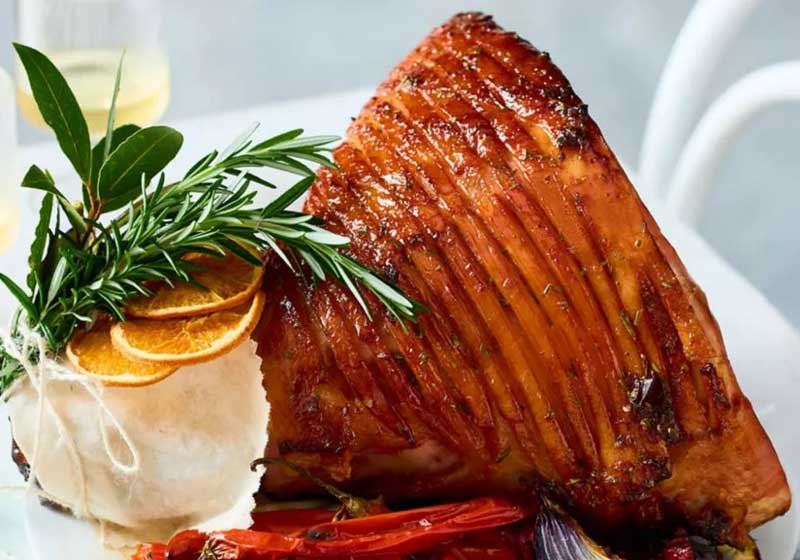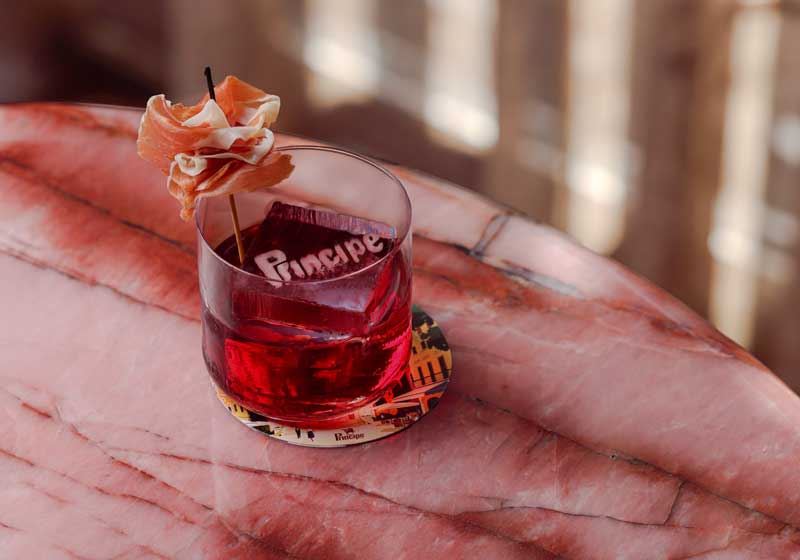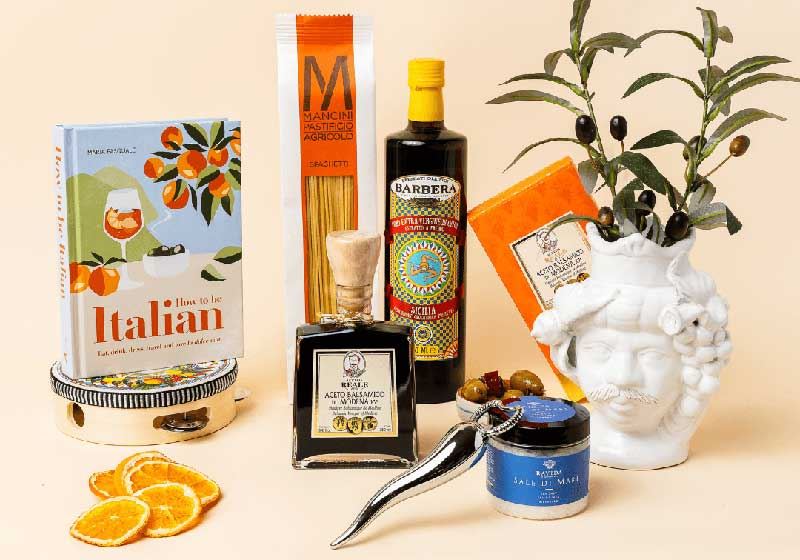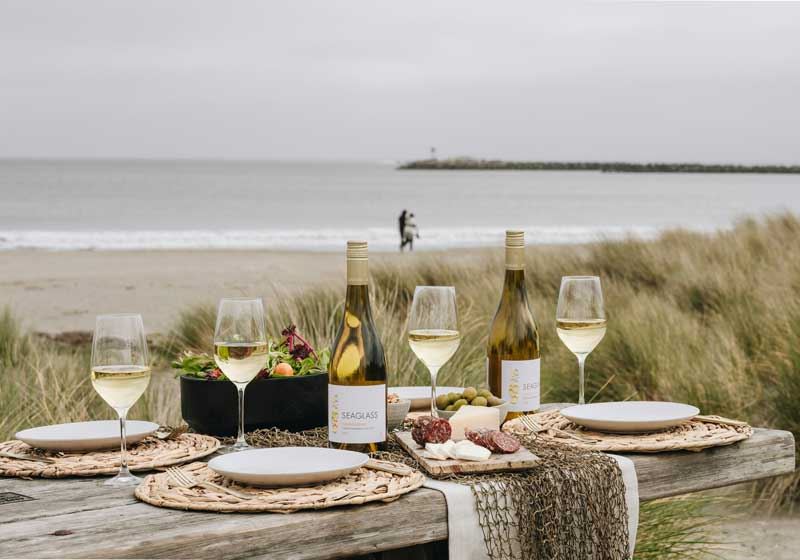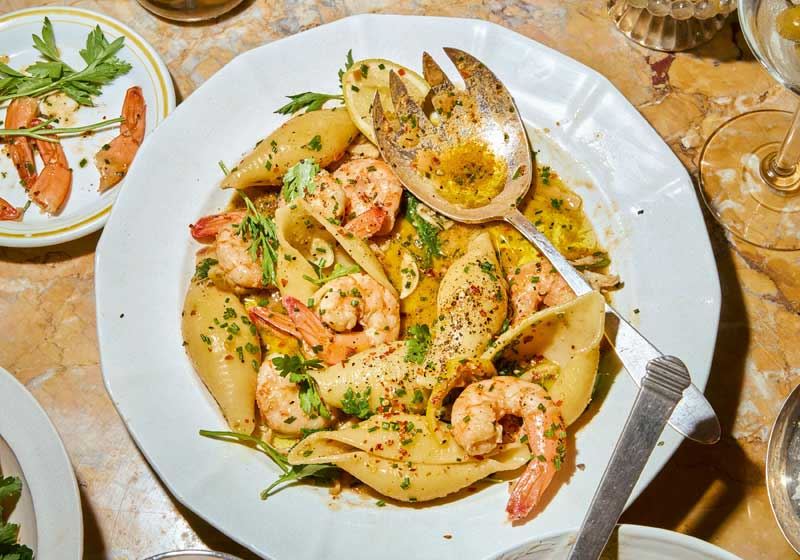By Leigh O’Connor.
In New Orleans, food has always been more than sustenance – it is ritual, memory and connection.
Nowhere is this more evident than in the spiritual and culinary traditions woven through Voodoo, a belief system born of West Africa, reshaped in the Caribbean and carried into Louisiana with the enslaved and the free. It is a culture of resilience and reverence, where food becomes a language between the living, the ancestors and the divine.
The story of Voodoo’s culinary roots begins in West Africa, where ritual meals honoured spirits known as loa and marked moments of community gathering. Staples like rice, okra, yams and beans travelled with enslaved people across the Atlantic, carrying not only flavour but the spiritual significance of feeding both body and soul.

In Haiti, Voodoo practices evolved, incorporating French colonial influences, Caribbean crops and the communal feast as a sacred act.
When these traditions arrived in New Orleans, they became inseparable from the city’s Creole identity. In back kitchens, courtyards and neighbourhood gatherings, food was prepared not just to satisfy hunger but to honour spirits and bring people together.
Each dish carried symbolism – red beans on Mondays for cleansing, rum for offerings and spicy stews to awaken the senses and invoke protection. Meals were shared with family, neighbours and spirits alike, binding community through taste and ritual.
Voodoo’s influence on Louisiana’s foodways is often subtle, yet deeply present. Gumbo, thick with okra or filé, has ties to West African traditions of communal soups that sustained villages and served as offerings to deities.
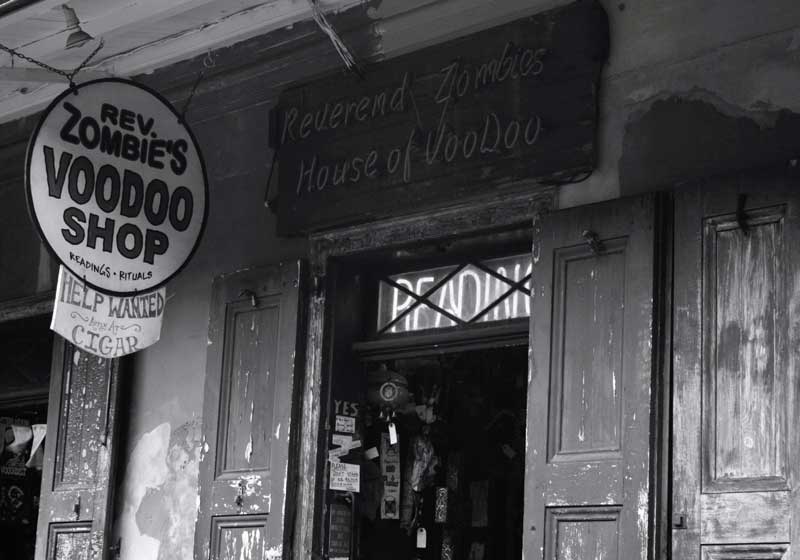
Rice and beans, cooked with care, echoed ancestral feasts that balanced simplicity with significance. Even ingredients like peppers and spices were more than flavour; they symbolised power, energy and heat – the fire of both life and spirit.
In Voodoo practice, offerings of food are central. A plate of fruit, a splash of rum, or freshly cooked dishes are left on altars, meant to please the loa and seek their guidance. This act of giving is not one of extravagance but of respect – a reminder that food is sacred, that it connects the earthly and the spiritual. To feed the spirits is to acknowledge their role in life’s cycles of struggle, joy and survival.
Over time, these traditions merged into the broader culinary rhythm of New Orleans. Today, many may not recognise the Voodoo origins of certain customs, yet they live on in the city’s devotion to shared meals, ritual feasts and the deep sense that food is always more than what sits on the plate.
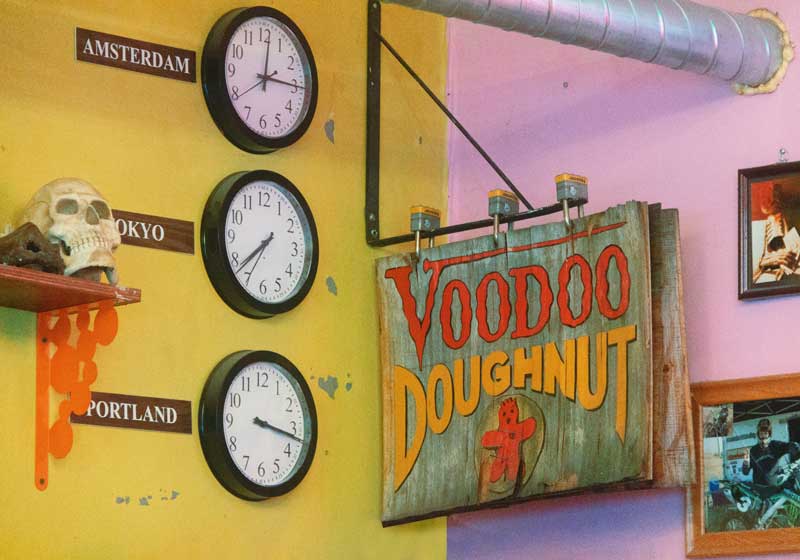
The culinary history of Voodoo is ultimately a story of resilience. Out of oppression and displacement, people preserved identity through ritual and flavour. They transformed simple ingredients into powerful expressions of culture, memory and spirituality.
To taste New Orleans is to taste that history – the simmer of gumbo, the sweetness of pralines, the heat of cayenne – each bite carrying whispers of ancestors and the sacred rhythms of Voodoo.
Food in this tradition is more than nourishment; it is communion, remembrance and devotion. It is the soul of a people who turned hardship into heritage and flavour into faith.


